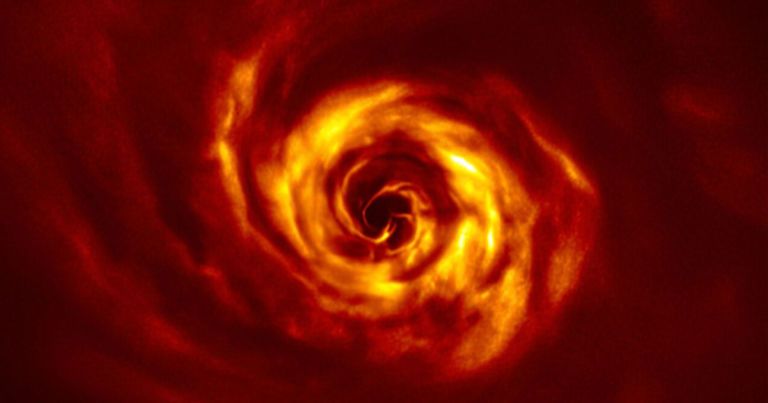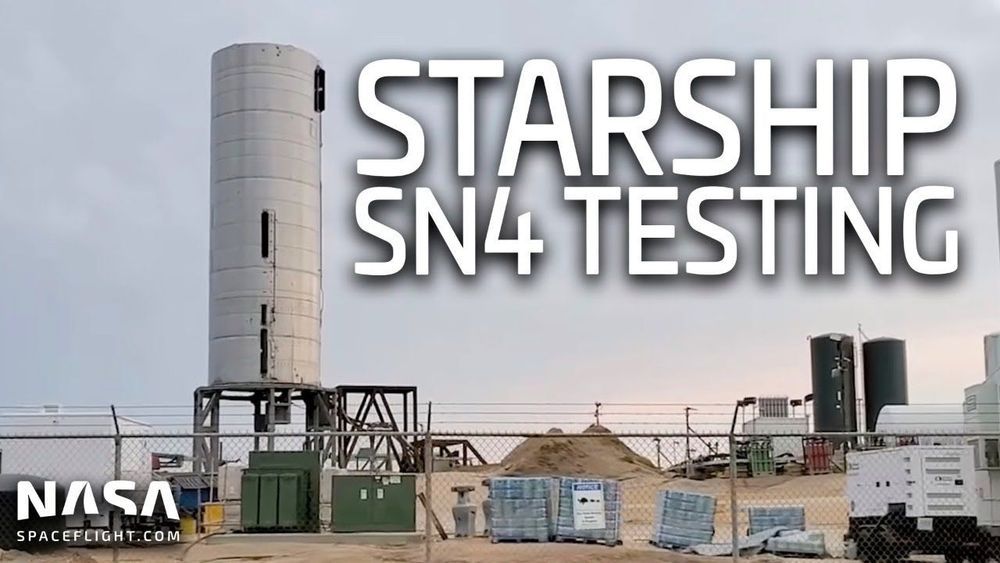Roam Robotics is making robotic exoskeletons that are lightweight and affordable so that they can become a new category of consumer electronics. Traditional robotic exoskeletons can weigh between 30 to 60 pounds because they rely on high precision mechanical systems. They are big and bulky and cost as much as a luxury car, which significantly limits their usefulness and availability. Roam’s new robotic exoskeletons are so portable and inexpensive that they could quickly become a commonplace part of modern life.
To many developers, quantum computing may still feel like a futuristic technology shrouded in mystery and surrounded by hype. It’s some mystic dance of 1s and 0s that will enable some calculations in mere hours that today would take the lifetime of the universe to compute. It’s somehow related to a cat that may or may not be dead in a box.
The question we hear most often from developers is how do you make sense of what’s real and get started?
Over the last year, we’ve been working with you, the pioneering community of quantum developers, to understand what all developers will need on the path to scalable quantum computing. You’ve told us that you want to learn more about where quantum could impact your business today, to have easier ways to start writing quantum code, and to run applications against a range of quantum and classical hardware.
Do you thrive in social isolation? NASA is looking for people to spend 8 months locked in a Russian lab for a new experiment.
As technology has developed over the last few years, the size of wind turbines has increased.
Last December, for example, Dutch utility Eneco started to purchase power produced by the prototype of GE Renewable Energy’s Haliade-X 12 MW wind turbine. That turbine has a capacity of 12 MW, a height of 260 meters and a blade length of 107 meters.
The announcement of Siemens Gamesa’s new turbine plans comes against the backdrop of the coronavirus pandemic, which is impacting renewable energy companies around the world.
U.S. Special Operations Command will wait for the Army’s 6.8mm rifle and automatic rifle, but it’s moving forward to adopt a new sniper support weapon chambered in the longer-range 6.5mm Creedmoor round.
If all goes well with the Army’s 6.8mm Next Generation Squad Weapon (NGSW) effort, special-ops weapons officials plan to field both variants to units such as the 75th Ranger Regiment after the service begins its planned fielding in fiscal 2023.
In our 13.8 billion-year-old universe, most galaxies like our Milky Way form gradually, reaching their large mass relatively late. But a new discovery made with the Atacama Large Millimeter/submillimeter Array (ALMA) of a massive rotating disk galaxy, seen when the universe was only ten percent of its current age, challenges the traditional models of galaxy formation. This research appears on 20 May 2020 in the journal Nature.
Galaxy DLA0817g, nicknamed the Wolfe Disk after the late astronomer Arthur M. Wolfe, is the most distant rotating disk galaxy ever observed. The unparalleled power of ALMA made it possible to see this galaxy spinning at 170 miles (272 kilometers) per second, similar to our Milky Way.
“While previous studies hinted at the existence of these early rotating gas-rich disk galaxies, thanks to ALMA we now have unambiguous evidence that they occur as early as 1.5 billion years after the Big Bang,” said lead author Marcel Neeleman of the Max Planck Institute for Astronomy in Heidelberg, Germany.
The scientists believe the twist at the center of the image marks the spot where the baby planet could be forming.
A couple years ago, scientists managed to take images of spiral arms of gas surrounding a star that scientists believe were early evidence of planet formation — but the “twist” at the center adds something new to the story.
“The twist is expected from some theoretical models of planet formation, ” Anne Dutrey, another co-author from the LAB, said in the statement. ” It corresponds to the connection of two spirals — one winding inwards of the planet’s orbit, the other expanding outwards — which join at the planet location.”
Apple’s AR glasses are supposedly called Apple Glass, a leaker revealed, and the product is set to be unveiled during the iPhone 12 launch event. The coronavirus health crisis might force Apple to postpone the reveal to the first quarter of next year.
SpaceX appears to have successfully fired up its fourth full-scale Starship prototype for the third time, although the Raptor engine test ended with the aft end of the ship catching fire and burning for quite some time.
Around May 7th, hours after Starship SN4 completed its second wet dress rehearsal and Raptor static fire in ~24 hours, SpaceX removed the SN18 Raptor engine it had used to support those tests, transporting it back to storage facilities a mile down the road. Three days later, SpaceX sent Raptor SN20 down the same same road and installed it on Starship SN4 – a swap made for unknown reasons.
Regardless, that swap meant that SpaceX would need to perform at least one more static fire test to prove that Starship and its new Raptor engine were getting along before the company could proceed to hop test preparations. After several days of at least 4 aborted Starship static fire attempts, SpaceX has finally managed to fuel Starship SN4 and ignite Raptor engine SN20 – but not before a new challenge cropped up.
AURORA, Colo. (KDVR) — A man has been charged with attempted murder for allegedly shooting a Waffle House employee in Aurora one night after being asked to wear a face covering inside the restaurant.
Kelvin Watson, 27, was arrested Monday morning by the Aurora Police Department on a charge of attempted first-degree murder.
Employees at the Waffle House at 12880 E. Mississippi Ave. told police that Watson came to the restaurant shortly after midnight on May 14 and was not wearing a mask, according to an arrest affidavit. A waitress told Watson he needed to have a mask on or he could not be served, the court document says. The restaurant was offering carry-out orders.









